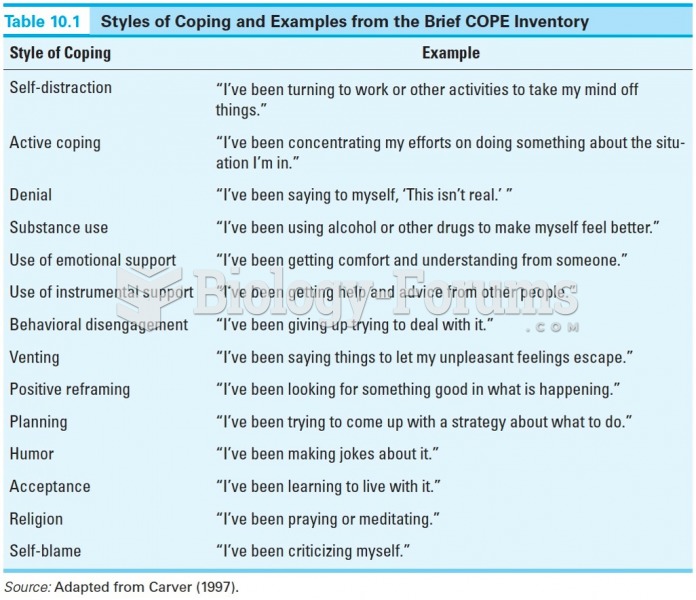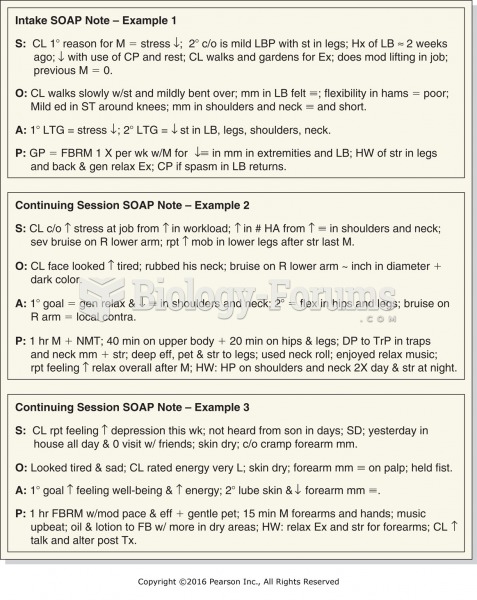|
|
|
Did you know?
Illicit drug use costs the United States approximately $181 billion every year.
Did you know?
No drugs are available to relieve parathyroid disease. Parathyroid disease is caused by a parathyroid tumor, and it needs to be removed by surgery.
Did you know?
Elderly adults are at greatest risk of stroke and myocardial infarction and have the most to gain from prophylaxis. Patients ages 60 to 80 years with blood pressures above 160/90 mm Hg should benefit from antihypertensive treatment.
Did you know?
Green tea is able to stop the scent of garlic or onion from causing bad breath.
Did you know?
The average human gut is home to perhaps 500 to 1,000 different species of bacteria.







